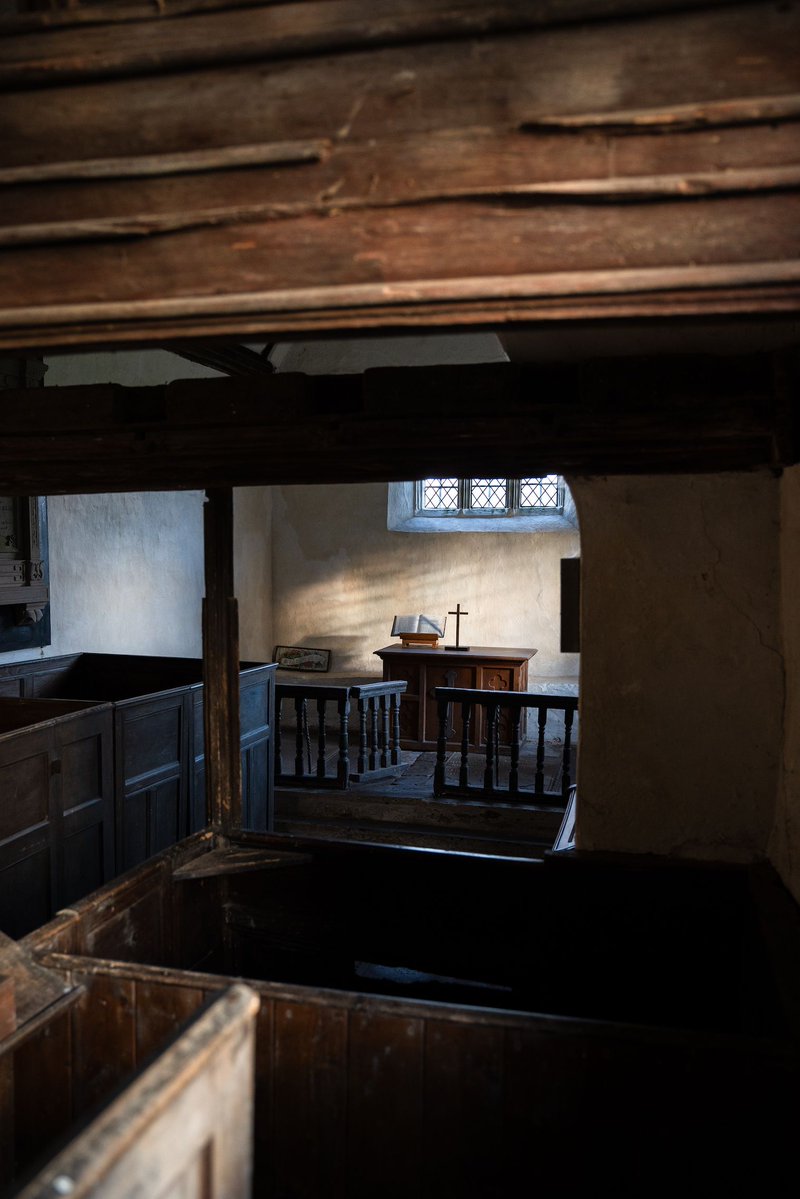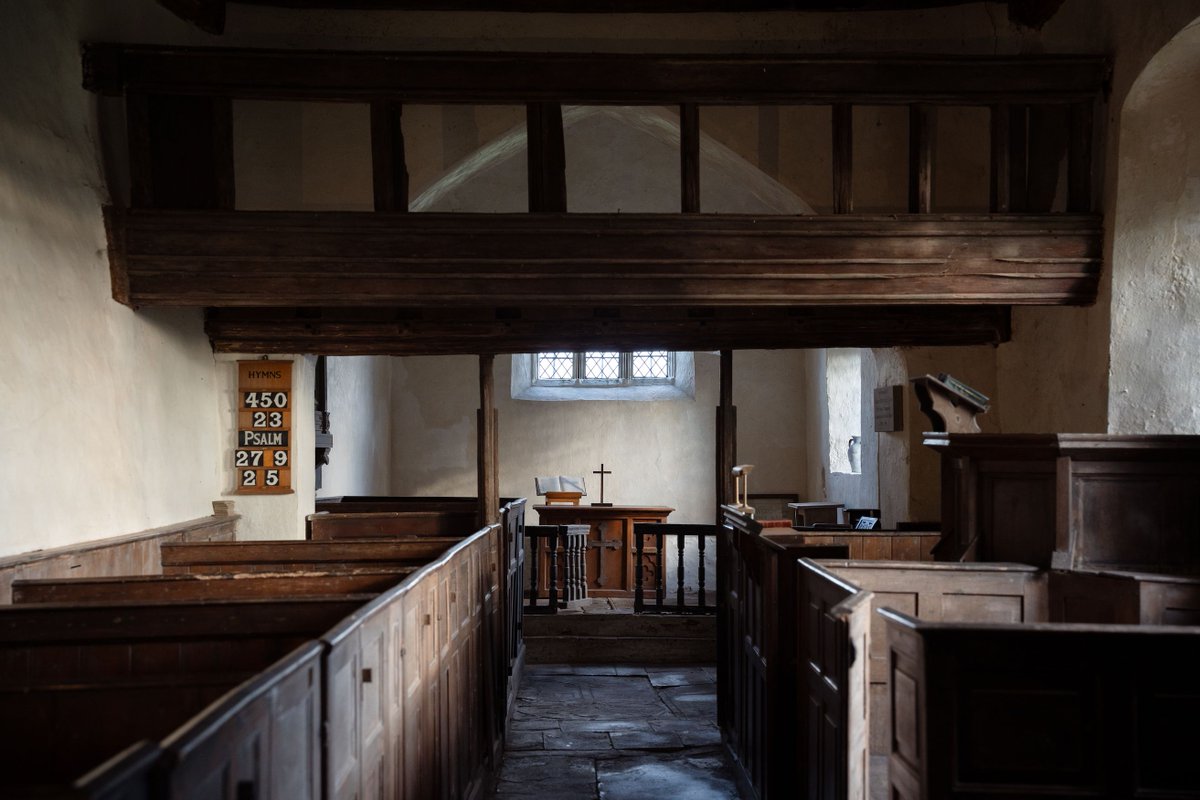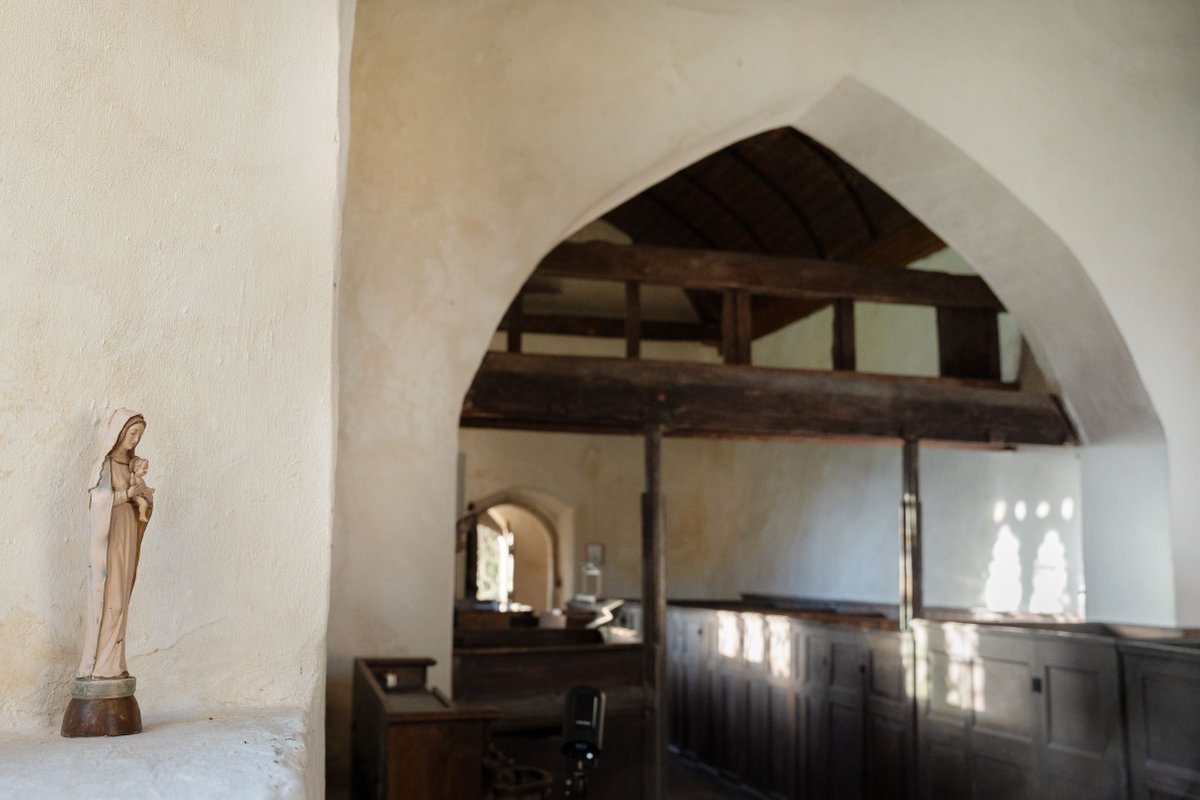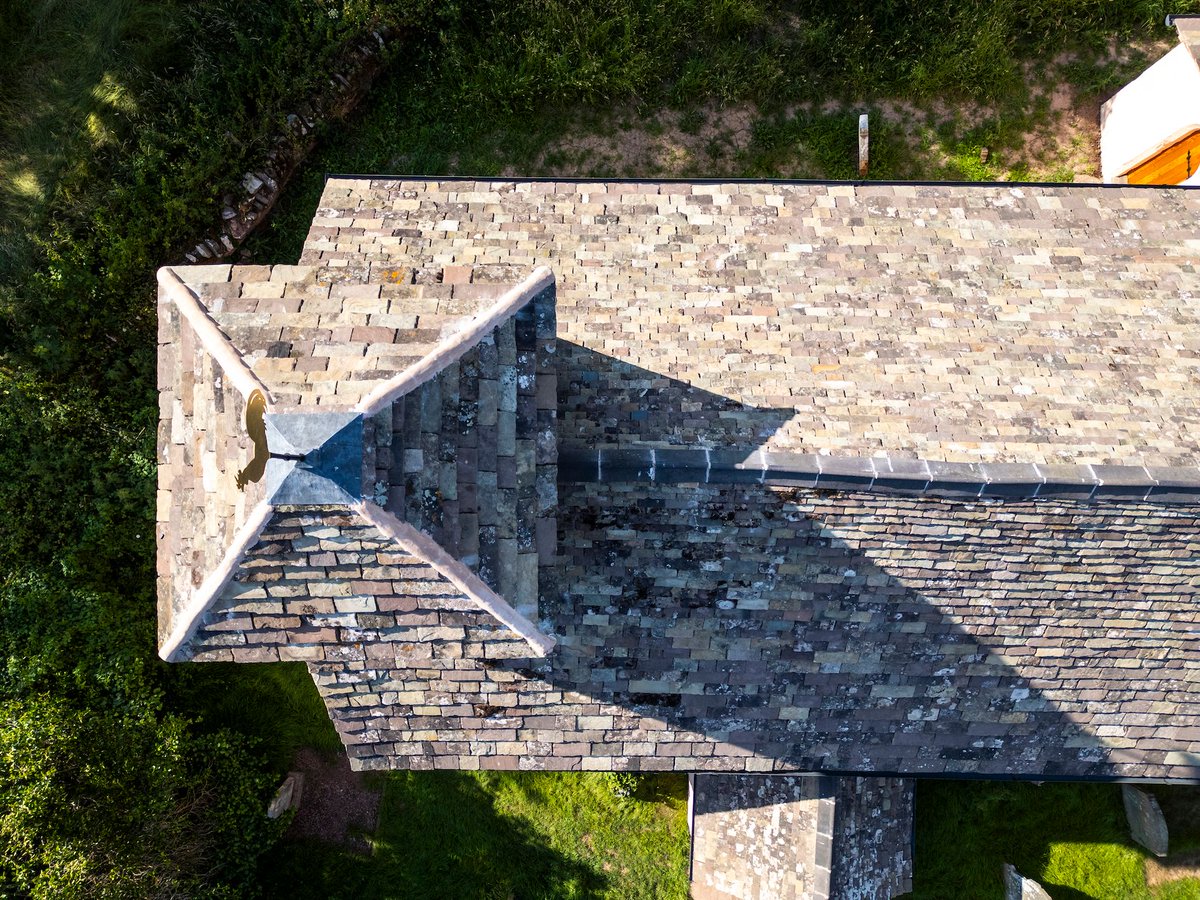Some churches were deserted hundreds of years ago. Villages lost for generations. In others, people left less than 30 years ago. In these ancient places, over centuries, people come and go, use ebbs and flows. Sometimes they flourish, sometimes they’re fallow.
#thread
#thread

There are about 3,000 deserted medieval villages in England alone. One example is the diminutive St Mary Magdalene in Caldecote, Hertfordshire. The most common reason for desertion of medieval villages is death, depopulation and harvest failure as a result of the Black Death.
2/
2/

The population of Caldecote declined heavily during the 14th century - by the end there were less than ten householders. The village limped on until the end of the 16th century when it was all but abandoned... Luckily, it now has a small group of steadfast friends.
3/
3/
The 19th century brought railways and industry. The move to industrial centres leading to new churches, but the abandonment of older, rural ones. In 1801, 20% of the population lived in cities. By 1901, that was up to 75%.
4/
4/
In 1850, St Peter’s, Wickham Bishops, Essex found itself on the wrong side of the tracks. Literally. With the arrival of the railway, the village migrated to the east. Out of sight, the church spiralled into decay. The threat of demolition loomed – until we saved it.
5/

5/
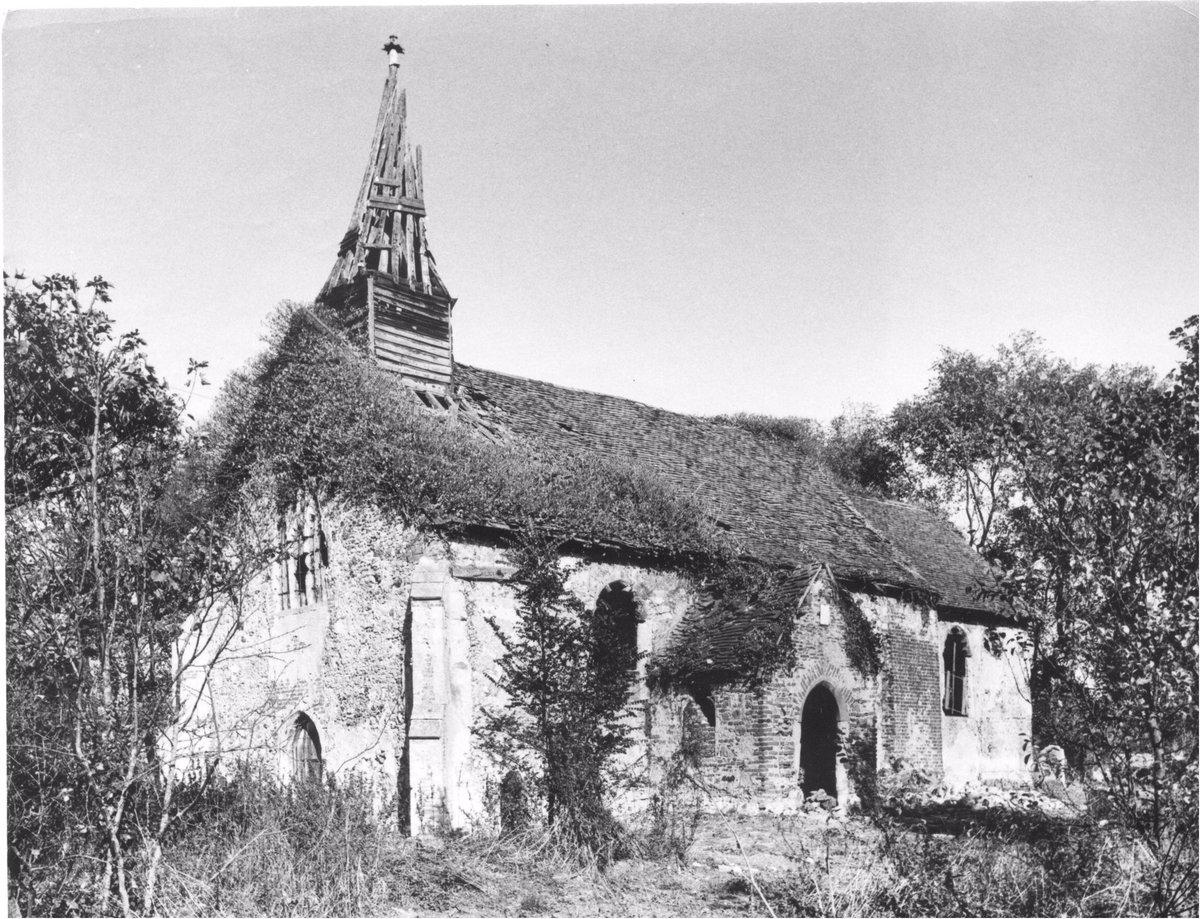

St Decuman’s, Rhoscrowther near Milford Haven has its origins in the 1200s. In 1964, it gained a new neighbour – a sprawling oil refinery.
In 1993 an explosion at the refinery caused material damage locally, including the church.
The village was eventually evacuated.
6/
In 1993 an explosion at the refinery caused material damage locally, including the church.
The village was eventually evacuated.
6/

We are so grateful that some of the villagers – now relocated to other homes m - still look after and care for this complicated, hulking old church.
7/
7/

We take on more churches every year. Some have a thriving community presence. Others don’t. Both are equally important. People always come and go. But the importance of these places doesn’t diminish. We’re here for the fallow periods. We’re a safety net.
8/
8/

(And if you would like to help us care for these places, you can do so by becoming a member. It costs £30 and we make every penny stretch:
friendsoffriendlesschurches.org.uk/become-a-frien…)
friendsoffriendlesschurches.org.uk/become-a-frien…)
• • •
Missing some Tweet in this thread? You can try to
force a refresh











